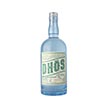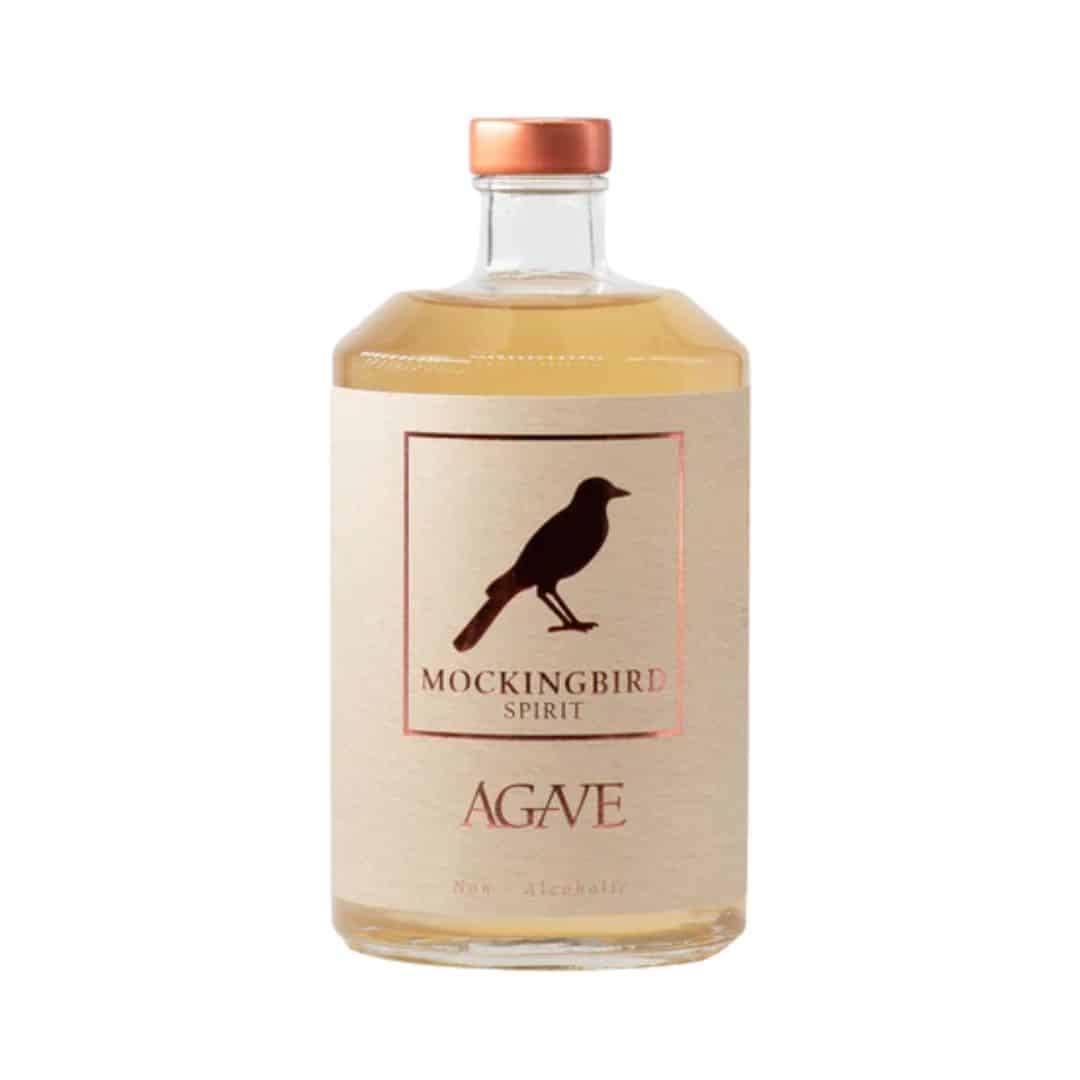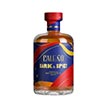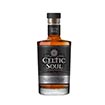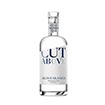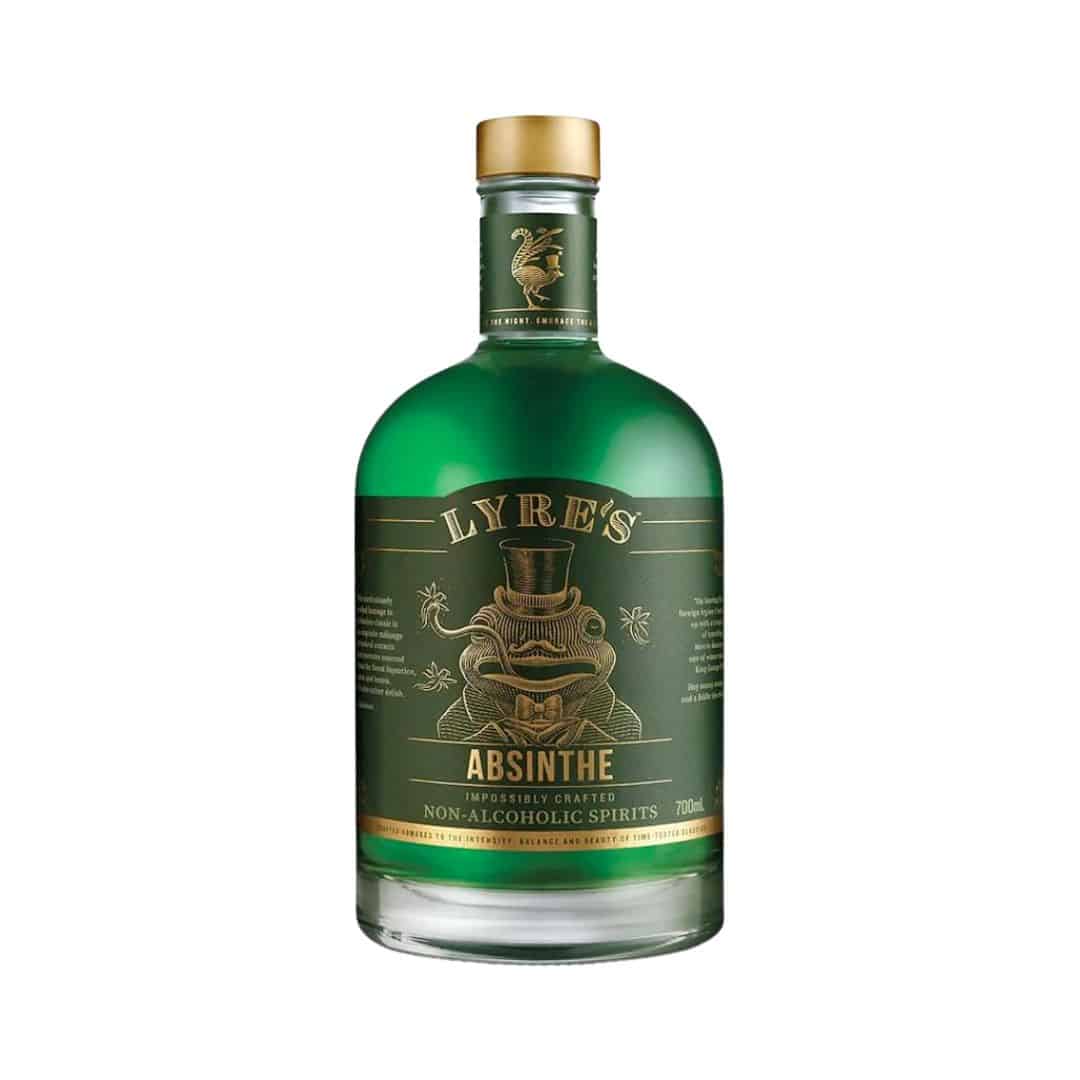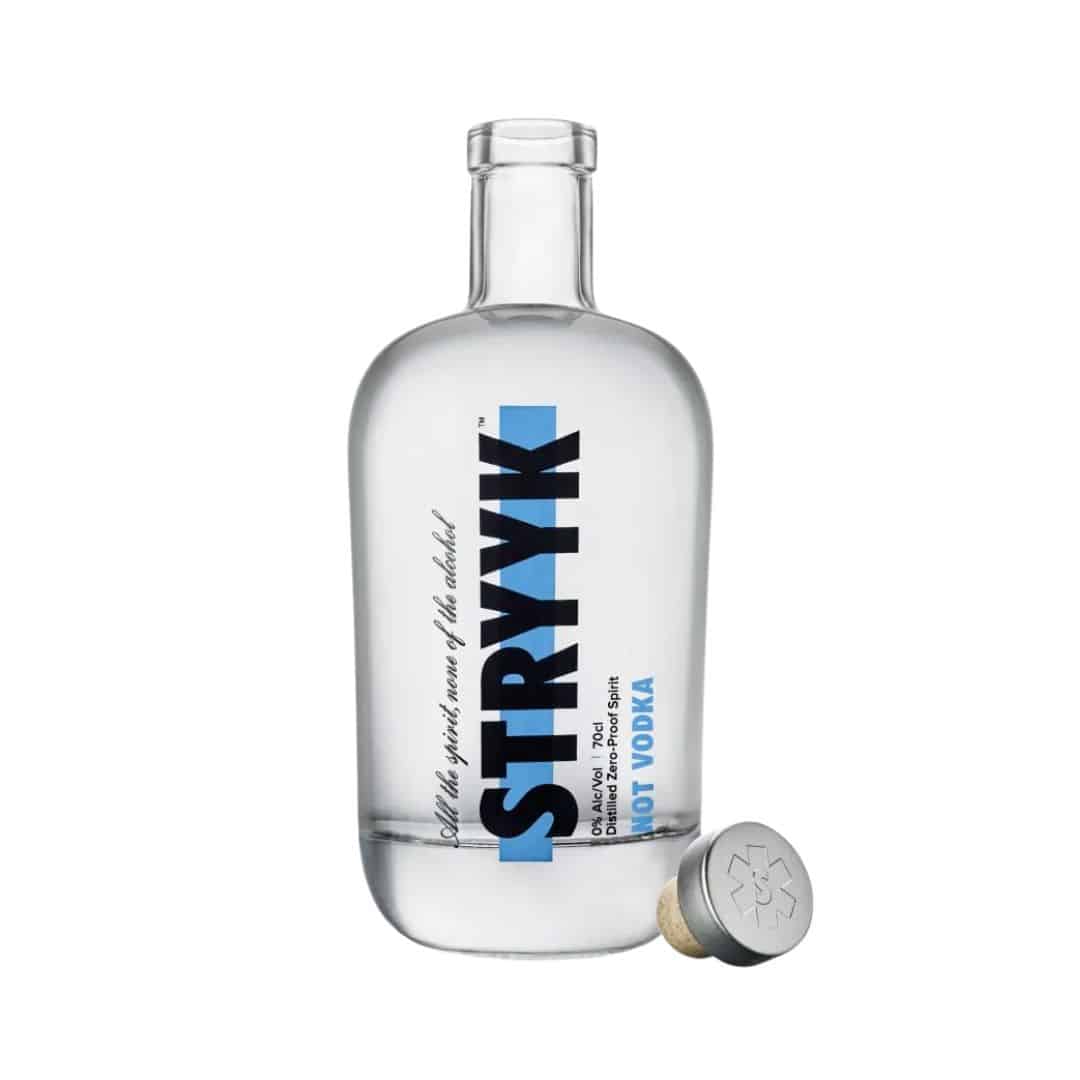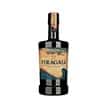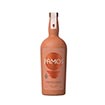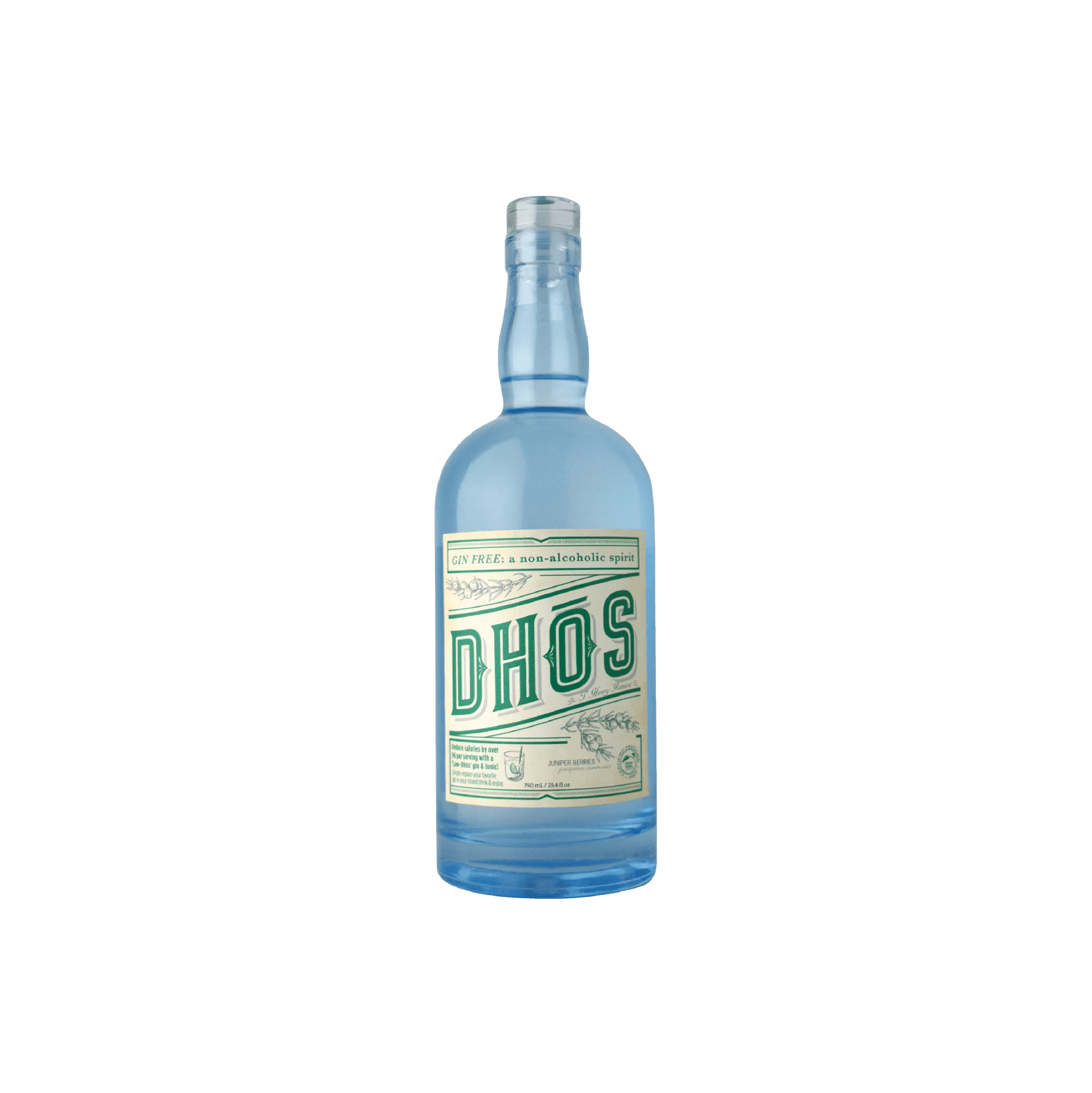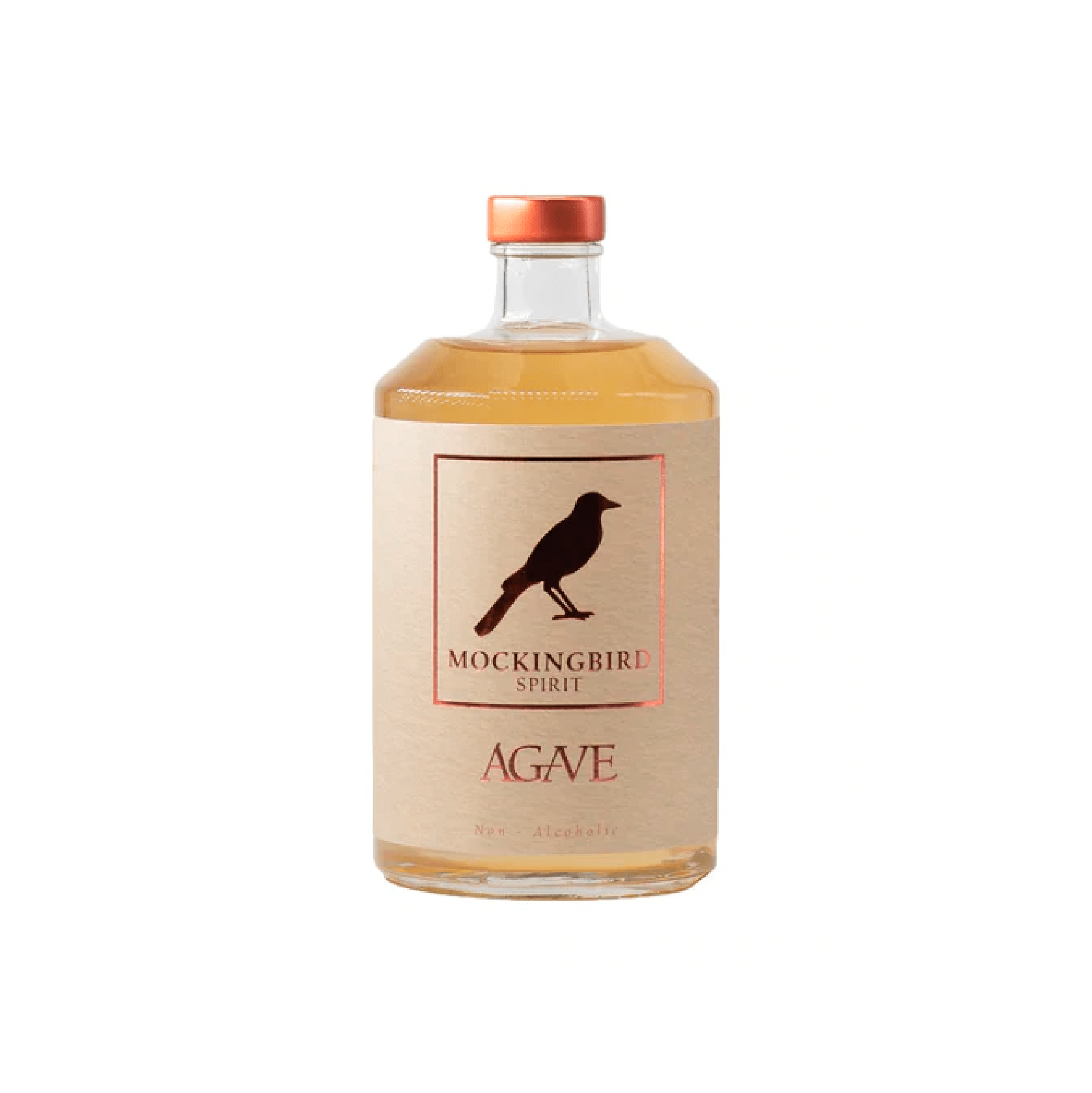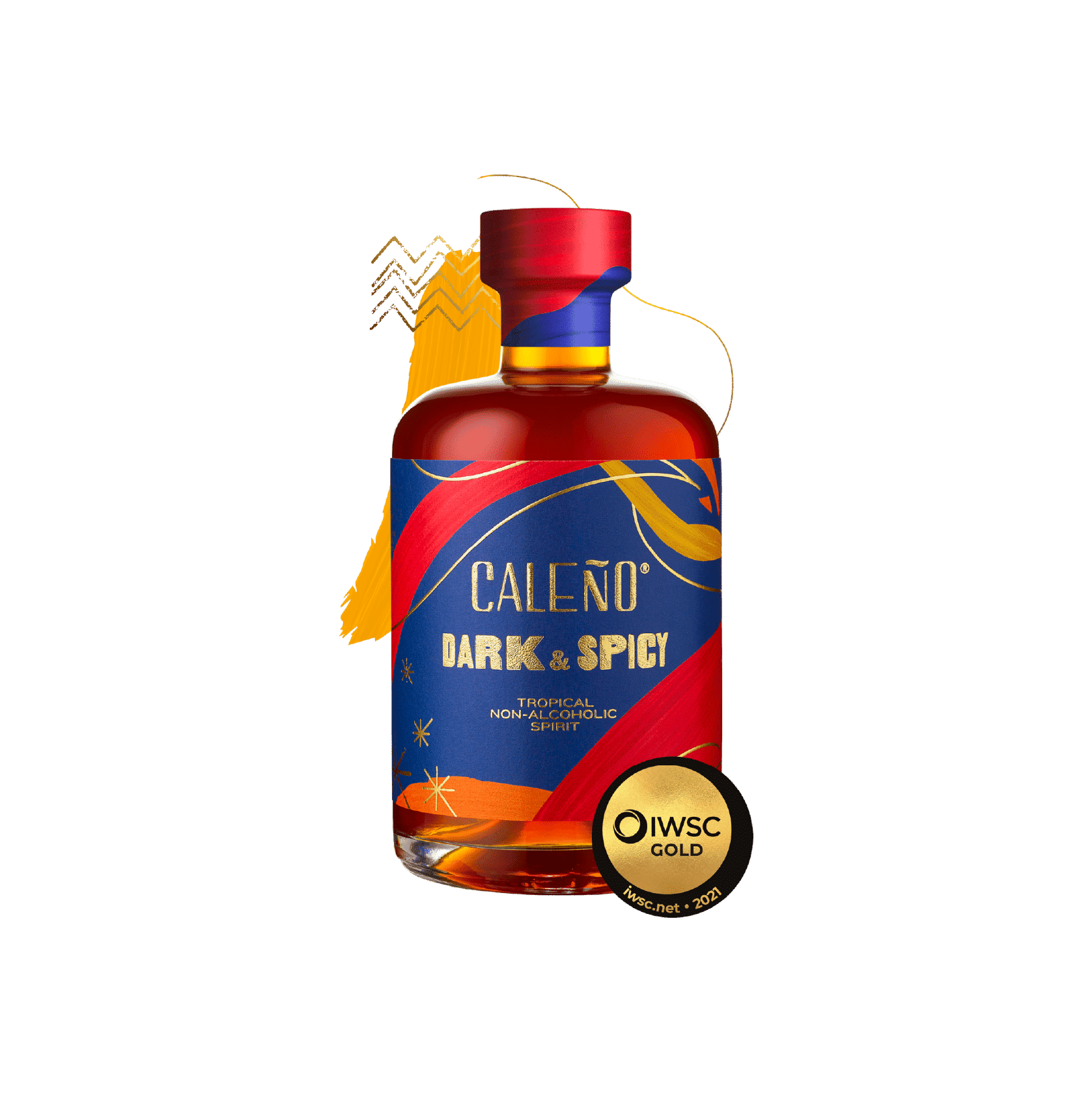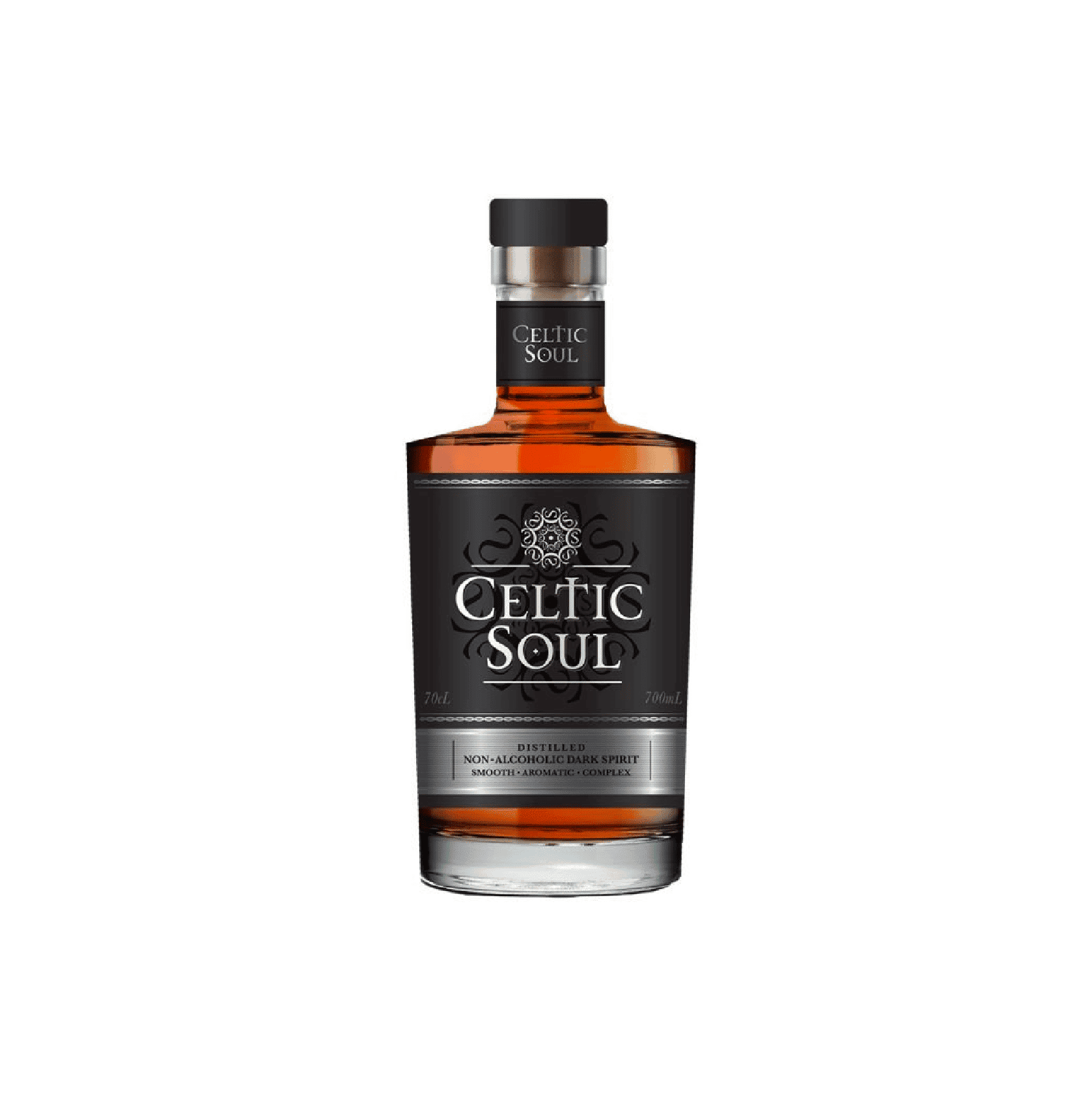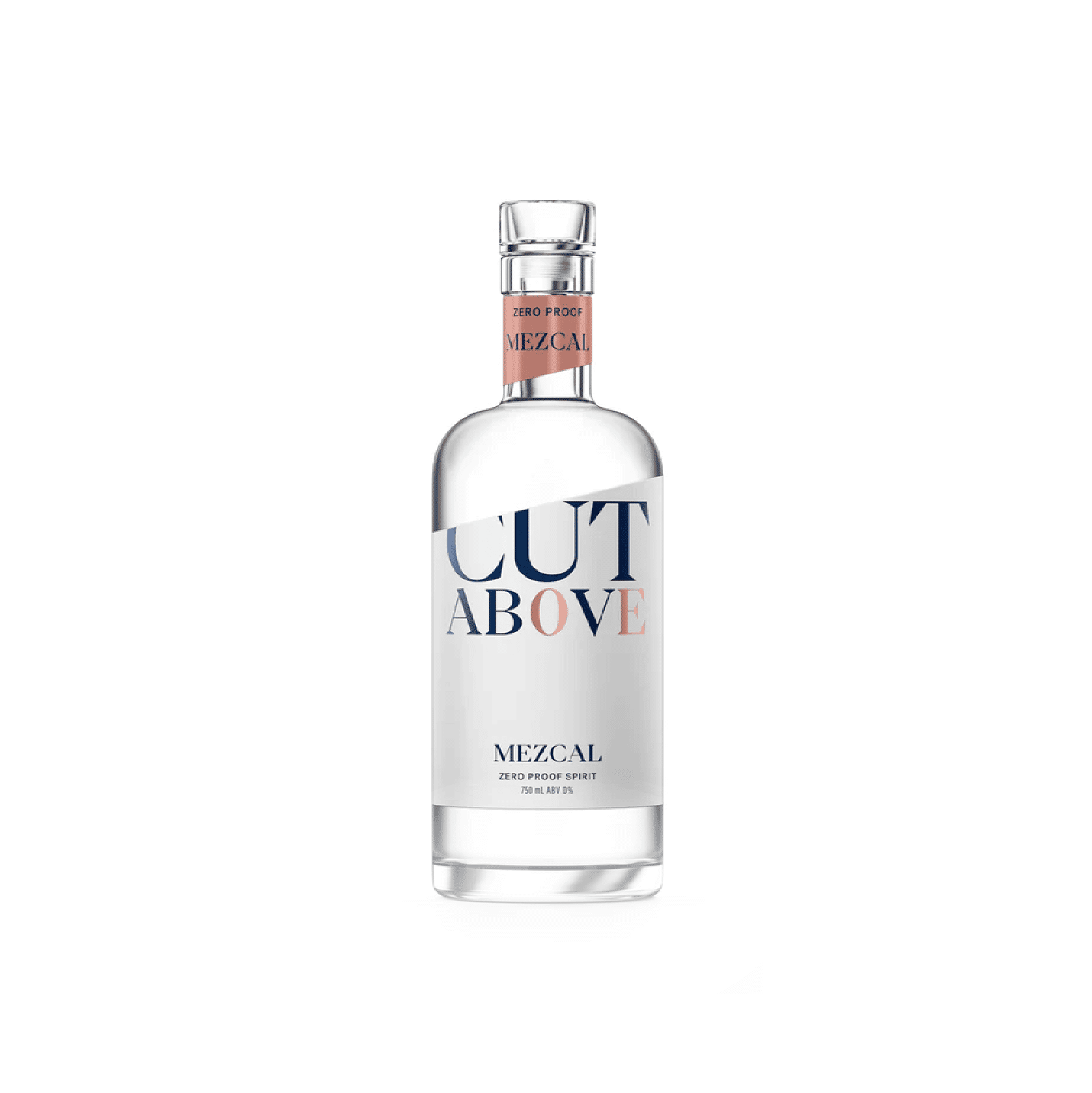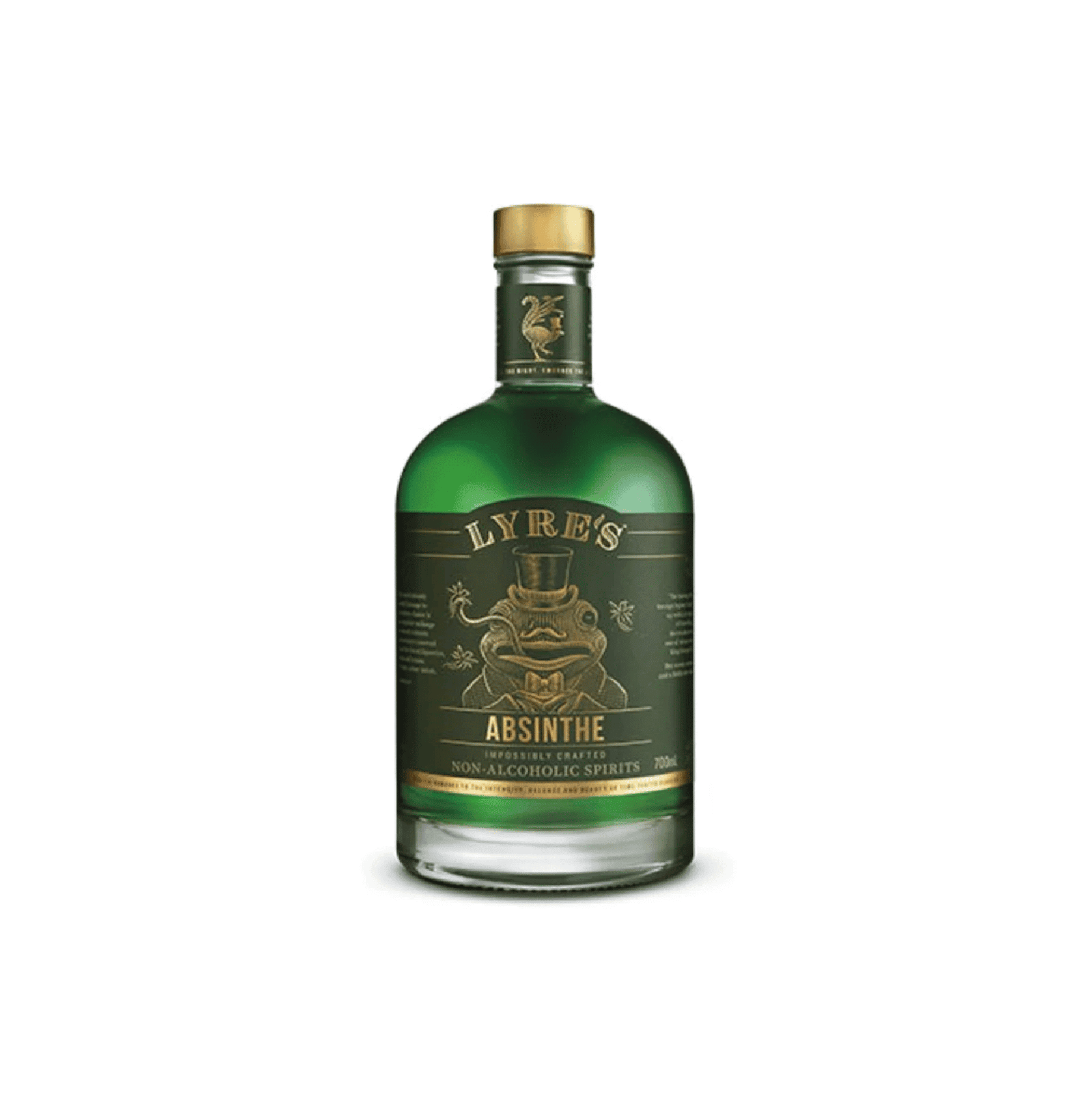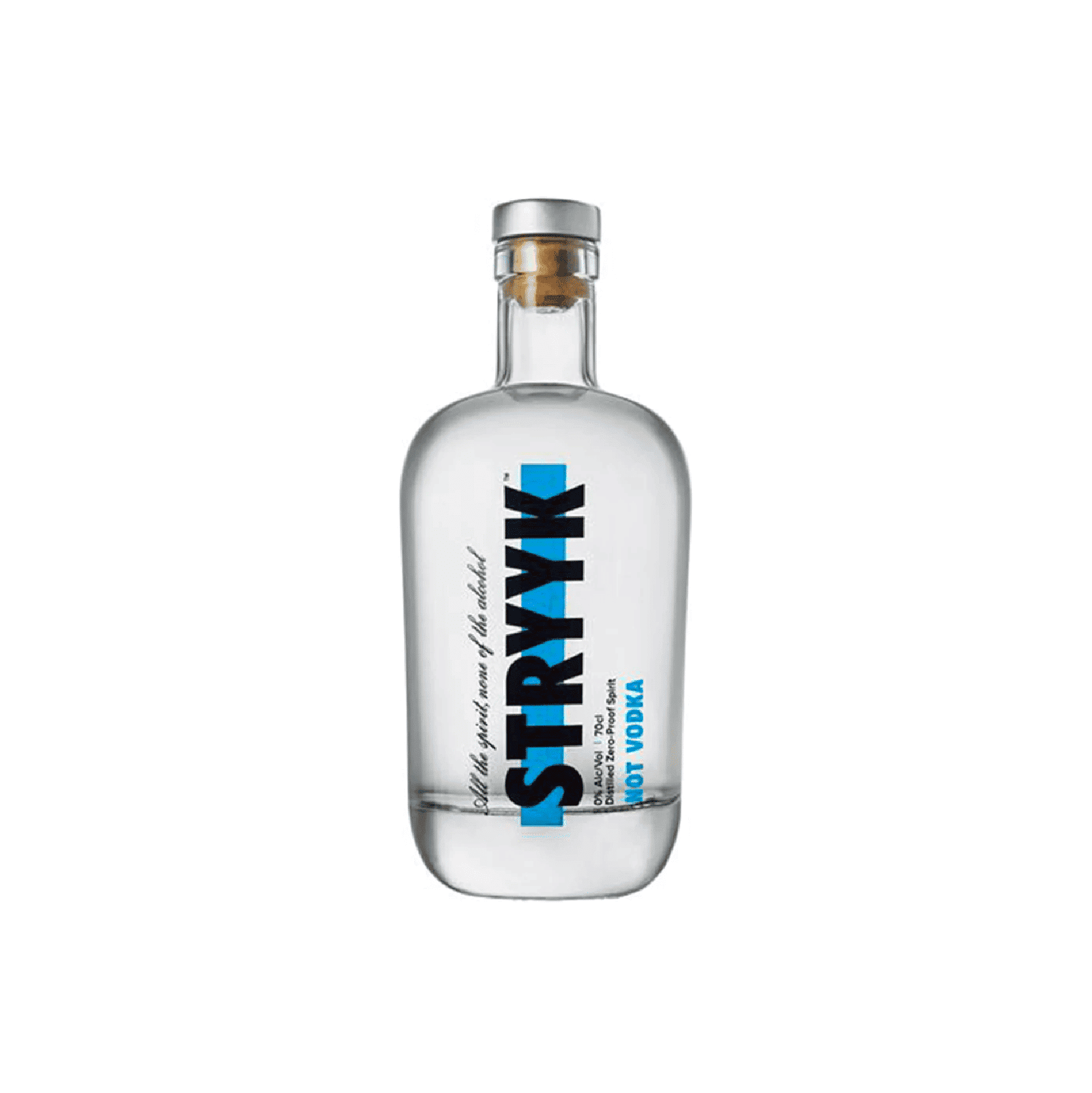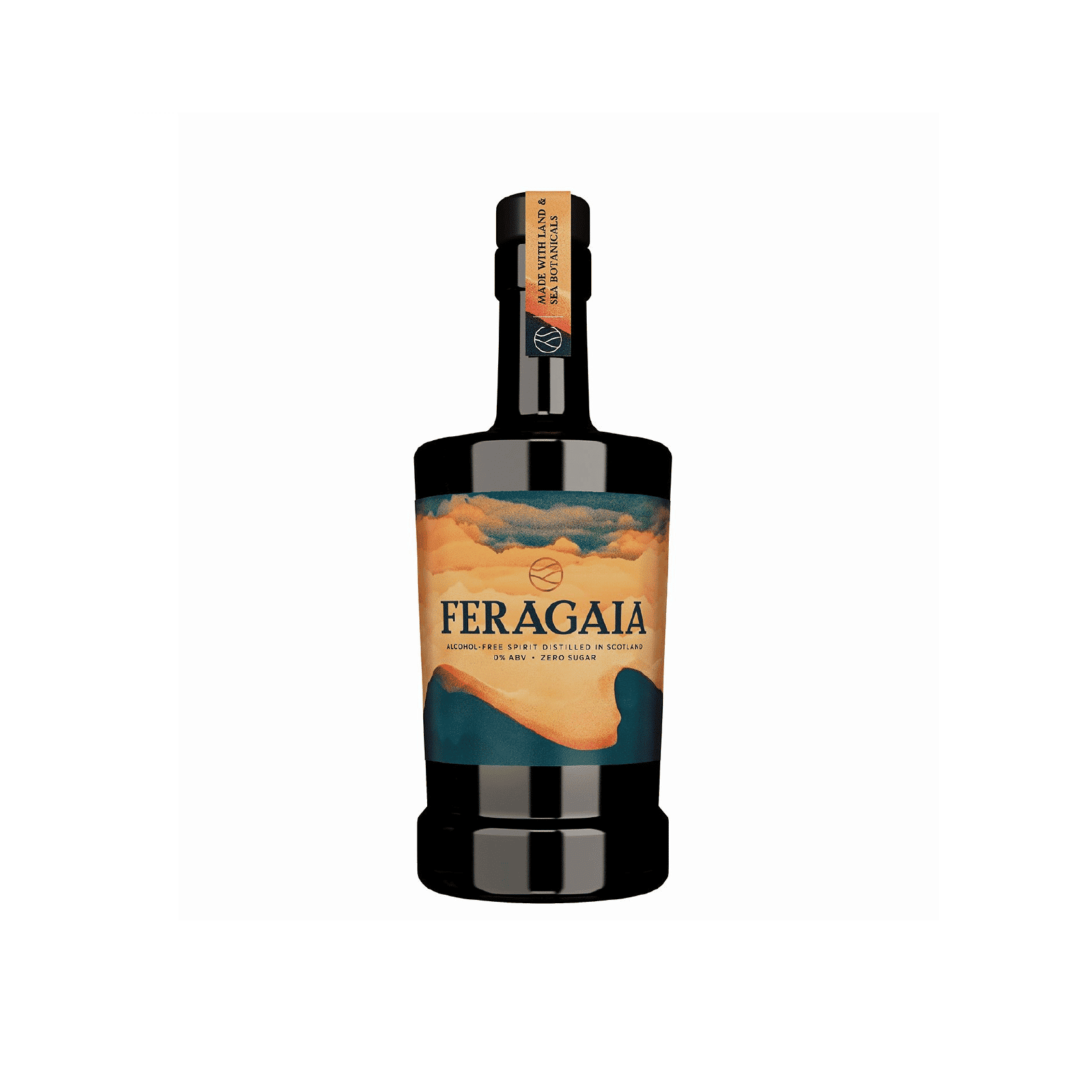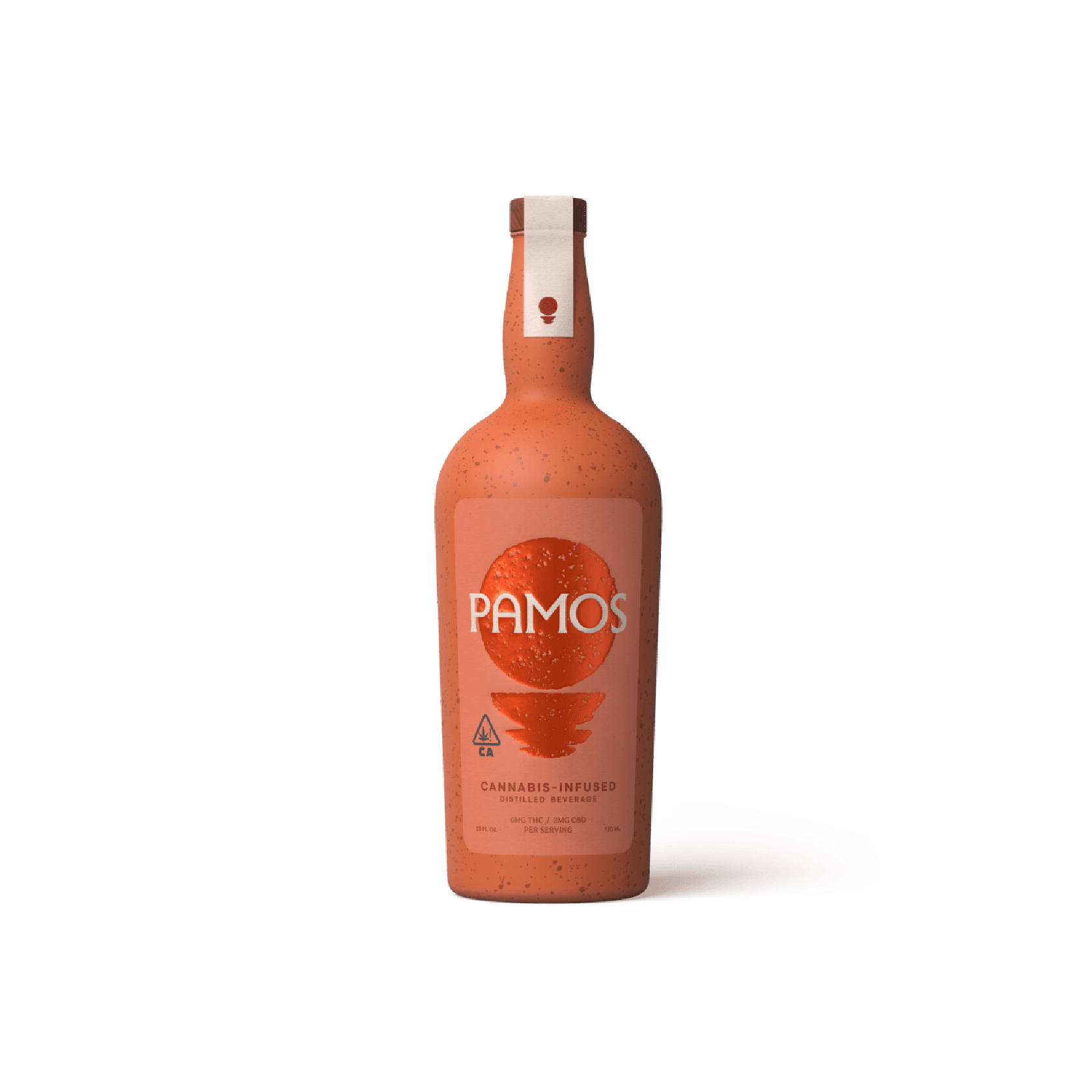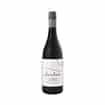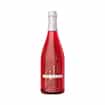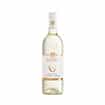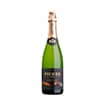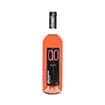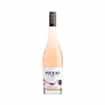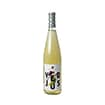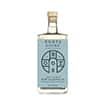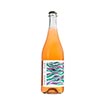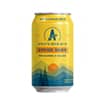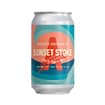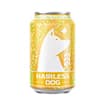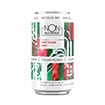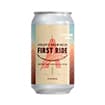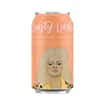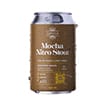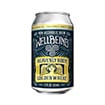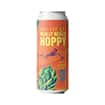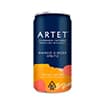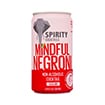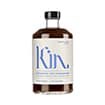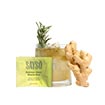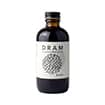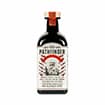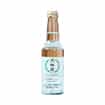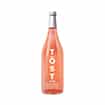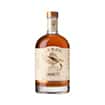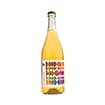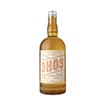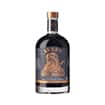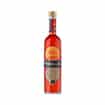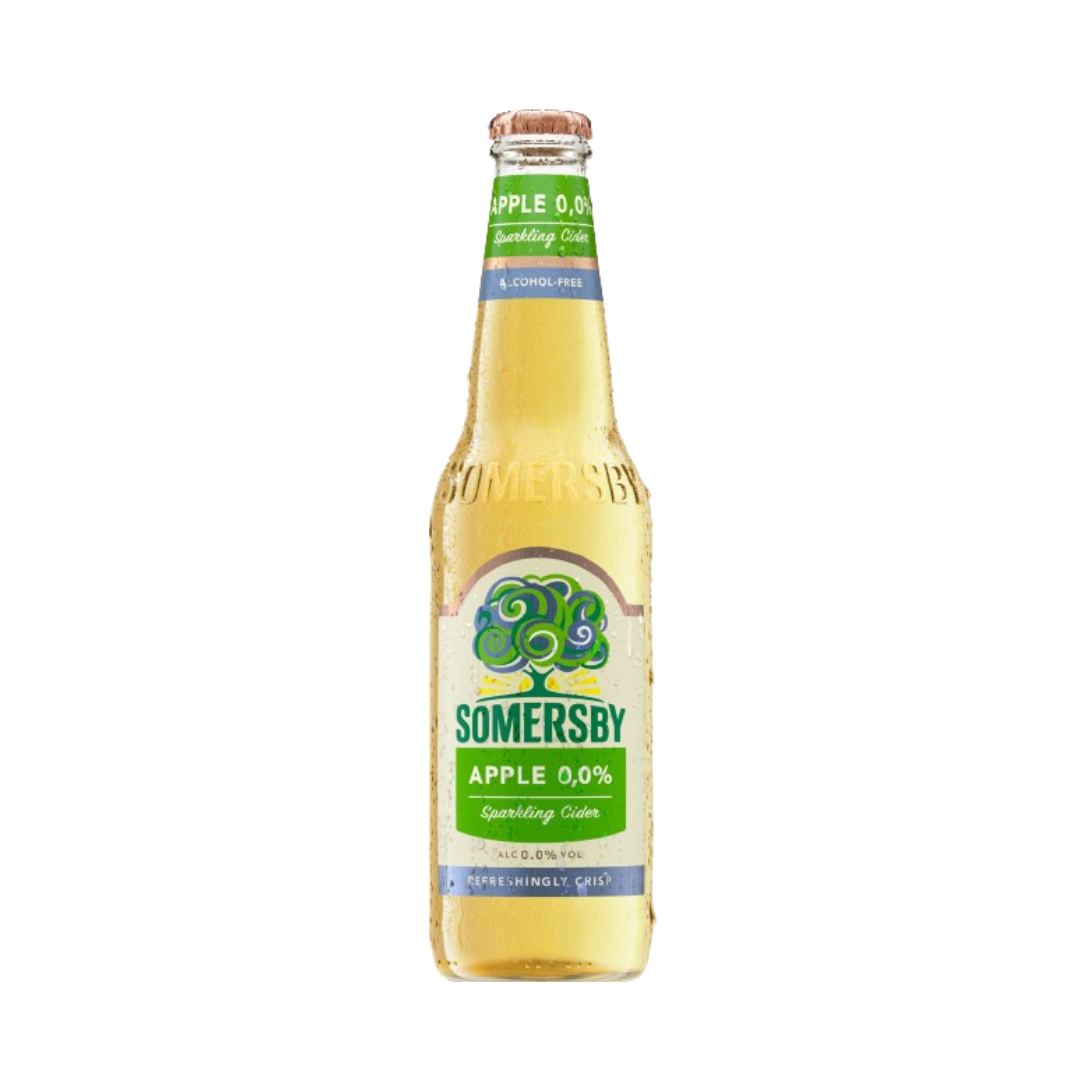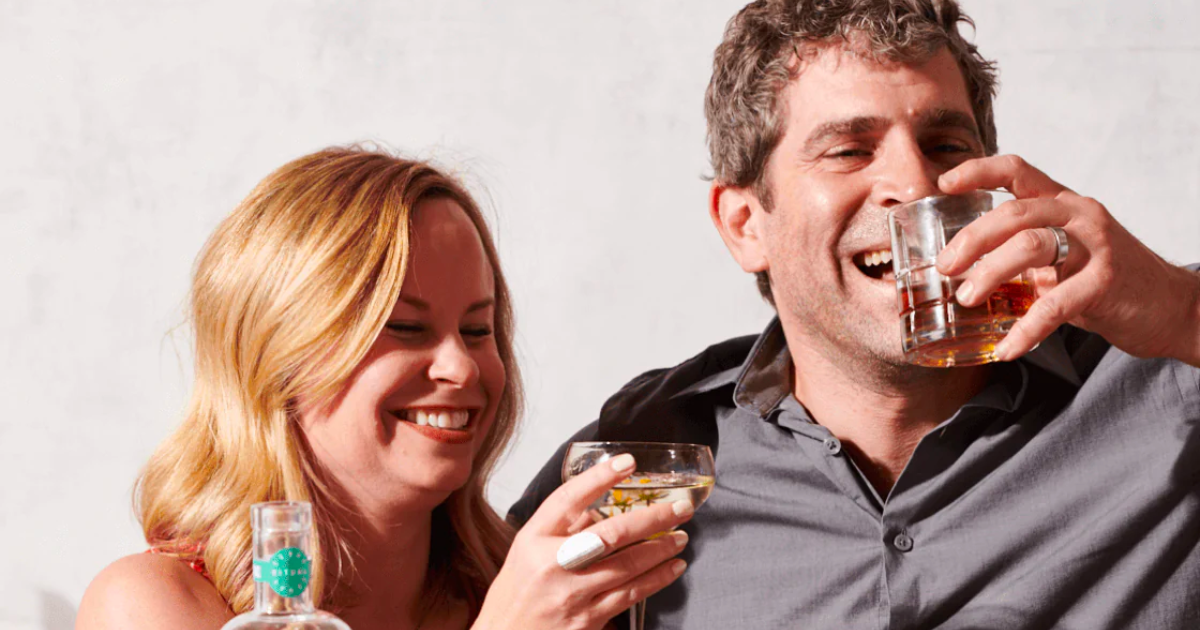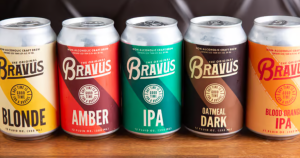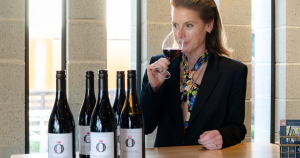He went from celebrated novelist to co-founder of America’s leading non-alcoholic spirits brand. In this interview, Marcus Sakey of Ritual Zero Proof shares a personal journey as intriguing as it is unexpected. The spark for his venture? A personal break from alcohol and a passion for the ritual of cocktail making, minus the booze. 500 iterations later, Ritual boasts a line of quality alcohol alternatives and counts alcohol giant Diageo as an investor. Here Marcus dives into Ritual’s meticulous formulation process, his passion for optionality in how we enjoy our drinks, and his vision of integrating alcohol alternatives into our social fabric year-round—not just during Dry January.
Your background is as a novelist—a highly acclaimed one. Not many people go from that type of career to a business endeavor of this scale and risk profile. I’d love to hear a bit more about how you made that jump.
It’s not the prototypical story. I wanted to be a novelist from the time I was five years old. So, it was a thing that I was deeply passionate about achieving and doing my best work at. I tell you that so that you understand that, for me, to stop doing that and do this speaks to how important I think this is, and how amazing an opportunity it is.
It started on my cutting board. I’m a passionate amateur cook and it’s all making, like writing books. I like making things. I was taking a couple of months off from spirits, just the kind of reset that lots of your subscribers and readers are familiar with, right? Not a problem, just “let’s take stock.” Within that, I realized that what I was missing was the act of making a cocktail. The way that it marks a moment, when you sit down with a book and a drink. In other words, I was missing the ritual of the thing more than I was missing the alcohol. So, I started playing on my cutting board just to see if I could create something that would serve as the centerpiece of a classic cocktail.
I didn’t want just something in my glass. I wanted to be able to have a Margarita. I wanted to be able to have a Whiskey Sour. The first batch was terrible. The early versions were awful. But they did, actually, even in their lousiness, make it clear that it was an attainable thing. That it would take a lot more work. I did more than 500 iterations—working with the best flavorists, distillers, chefs, and mixologists in the country—to get as close as we could to traditional spirits. It was the inspiration of taking a break from drinking, plus my interests as an amateur chef, mixed with the momentum of: “how do I crack this code and get the recipe right?”
I believed I should be able to enjoy that cocktail moment however I wanted. I’m not a teetotal. It was just a break that I took. But really what it was—and this is central to our brand—was the belief that everybody should be able to choose how they want their cocktail, whenever they want their cocktail. You don’t like alcohol at all? If you want it to not be part of your life, great. That doesn’t mean you should have to drink Diet Coke. For me, I consume both. I just want the option. I want to be able to have my cocktail however I want and I want to have my cocktail whenever I want.
That gets to my next question. If you were primarily looking at the ritual of having, say, a nightcap at night, you could have developed a sophisticated beverage that’s not in reference to traditional spirits. Why was it important to be able to recreate a traditional cocktail? Was it about recreating the favorites that you’d been enjoying forever?
First of all, I want to say that there are a lot of really interesting, exciting beverages out there.
And I’m glad. I like choice. I like trying new things. For me, though, replicating traditional spirits was an absolute centerpiece for two reasons. Number one, I wanted to be able to replicate the cocktails that I was familiar with. I thought most people did, too. Which really plays into number two: as a commercial opportunity, it is far and away the better choice, commercially, to set your ceiling really, really high instead of something that is maybe wonderful, but requires explanation.
We already had to explain, “it’s like whiskey, but with no whiskey.” Creating a novel beverage requires adding another message on top of that—just makes it harder and harder to engage. So, it was very intentional, both personally and commercially.
Your challenge then becomes meeting the customer expectation when you say to them, hey, this is like a tequila, but without the alcohol. Moving on to your formulation, you mentioned 500 iterations; how did that go? For the aspiring entrepreneurs in our audience, how did you go from mad scientist in your kitchen to your current quality and scale in a relatively short period of time?
The journey of formulation was one of those things that was more fun in hindsight. It was fun, it was exciting. But, there was an enormous amount of frustration in it. To the entrepreneurs, I would say: just expect that, and don’t let it stop you if you genuinely believe in what you’re doing. It’s not going to be the only frustration. For us, because replicating traditional spirits was so central, we really wanted them to be able to function exactly like spirits. In other words, we wanted people to be able to have the same recipe they had, and instead of a traditional spirit, have the exact same amount of our spirit alternative. That was really challenging, but it also helped because it set the goal.
When creating anything, it’s better if you know what you’re trying to achieve. You don’t need to know every piece of it. It’s like when I was writing books. I had some notion of what I wanted to talk about and roughly where I wanted to go. But, there were lots of surprises along the way. It’s the same with business. Knowing what we wanted to achieve let us taste something and say, “well, that’s interesting, but it’s not gin,” or, “you know, that’s delicious, but it’s not tequila.” With the formulation itself, there’s an enormous amount of trial and error. There’s a lot of working with experts. I started on my cutting board, but very quickly realized that proof of concept was as far as we could go alone.
A few months into the process, we clarified what we were trying to do. There were two main components. Number one, the tasting notes of a spirit. For the tequila, it’s agave, certainly, but oftentimes there’s kind of a green pepper. There’s some earthiness, grassiness. Those tasting notes are what we associate with tequila. That also goes into the nose. Tequila has a very distinct nose, and a lot of people love it. A lot of people find it really off-putting. I needed that same reaction. My wife said, “God, I hate that.” But, yes, she hates tequila.
The other component was that, because we wanted to be able to have a cocktail by the standard recipe, we needed to figure out how to create the bite, the kind of pleasant burn that alcohol has. This was really complicated. You’re talking about a completely different chemical mechanism. We needed to create an alternative to that as well. I can’t go into too much detail, but I can tell you that it’s a really complicated blend of natural flavors that are all aimed at countering each other. In the end, yes, there’s some bite, but there’s some cooling, and there’s some tingling. There are a lot of these complicated notes that take your taste buds on a ride.
While it isn’t exactly the same as alcohol, your brain builds that connection, and you almost get a placebo effect from it—especially the way that we intended it to be consumed, which is in a cocktail. If you pour our spirit alternatives neat and taste them against traditional counterparts, you’re going to be able to tell the difference. I’m not going to claim you won’t. But, if you make a gin and tonic, or you make a margarita, I will take that Pepsi Challenge any day.
As we look ahead, do you see brands like Ritual taking a chunk out of the current alcohol market, or do you see an expansion of the pie instead?
It’s mostly going to take a chunk from soft drinks, the iced tea market, things like that. According to Nielsen, the market share of non-alc is 0.6% of the entire $260 billion dollar pie. The IWSR has it at 4% by 2027. That’s three years. Our projections are that it’s going to be 10% to 12% of that total market within a decade. Diageo wouldn’t back us if they thought we were just taking from them. What they see is that there is a cultural shift. It’s a wise move to be looking ahead and recognizing it.
But, most of our consumers also consume alcohol. We are not prescriptive. We do not tell you how to live your life. We do not judge you. We do not even suggest what to do. We simply have an option here. We’re at the inflection point right now where it has gone from the early adopters and the people who are particularly mindful drinking-focused. Now, it’s tipping over into the broad cultural consciousness.
We are the number one spirit alternative in America by a wide and growing margin. So, that puts us in a position to see things like how much faster on-premise placements are accelerated. We used to have to hustle and grind and convince. Now, bars and restaurants recognize it’s serving their customers. It means they’re making more money, and it also means the mixologists who put the cocktail together are getting tipped on a cocktail instead of refilling a soda water all night.
It shows in the coverage of Dry January this year. There’s always been a lot around Dry January. My whole thing is: I don’t care if you do Dry January. I don’t even recommend Dry January. Ritual is here for you for whatever your lifestyle is. I like working out, I like being fit. You try to make me run, I’m gonna fucking kill you. I don’t ever want to run a marathon, but I like being fit. That’s my way. You do your way. Nonetheless, to see the coverage of Dry January—to see not only in the volume of articles and the size of the outlets—now we’re talking about a cultural shift.
Right, and you’re not the first person I’ve encountered in our industry who says, “hey, Dry January, I can take it or leave it.” Because we want to bring the category to a place where it’s just fully integrated as a year-round lifestyle. Certainly one that doesn’t have to be tied with this idea of constraint. Ritual fits in much more positively with how you approach the market.
Good, that’s the intention. To not be punitive.
I love Dry January as the owner of a company in this space because every single Dry January raises the water level for the whole category. That doesn’t go back down. Every Dry January sets a new record for us, but then it’s matched in February and it’s exceeded in March. It continues all year. It’s really exciting. And we’ve seen it every year. This January is our best month ever by far. The velocity of e-commerce orders is insane. And it’s all new customers, which is the thing that’s turning me on. It’s people discovering the category.
It certainly feels like the target audience is broadening, that we’re all venturing into new rings of the concentric circles of consumers. We’ve infiltrated this psychographic. Next, it’s that one. Then that one. Soon, it’ll even be the bros who, day one, scoffed at this space. But those people are now coming in and saying, hey, can you tell me more about this?
The expanding concentric circles of psychographics is exactly what we’re saying.
In the early days, everything we did, socially or digitally, triggered a firestorm of hate. Now—I imagine you’re seeing this, too—there are enough people in this that we don’t have to make the arguments. When the questions do come up, there’s a community who makes the arguments for us, because it’s theirs. It’s so much more authentic and real than anything a brand can say.
Now, it’s just part of the public cultural discourse. That’s what’s really going to drive this space forward. There’s a shift in our culture too, of “you do you.” It’s a hot topic, alcohol consumption. It triggers a lot of people, because it’s emotional. But, for the most part, what I’m seeing is more and more people saying, “hey, this is what I do. I’m not telling you to do this, but if you want to, I’ll make you a non-alc cocktail if you come over to my apartment.” That’s how I’m seeing it be shared more, which is why I’m excited about the category outside of the context of Dry January. Then it doesn’t feel pious.
I’d love to separate our category from this idea of “new year, new me, and I’m not going to do any of my bad, fun stuff.” Because, to me, this is a fun thing. This can be that highlight in your day. It’s a false dichotomy. This isn’t an “or.” It’s an “and.” I’m a huge Bourbon fan. I love Bourbon. I have a collection of wonderful Bourbons. Don’t tell me they’re bad because this is good. Why can’t they both be good? I love a more expanded view of what good means.
Dry Atlas is a media company focused on alcohol alternatives. We deliver non-alc insights, news, and recs to over five million people annually. To stay up to date on all things non-alc, subscribe to our weekly newsletter.

